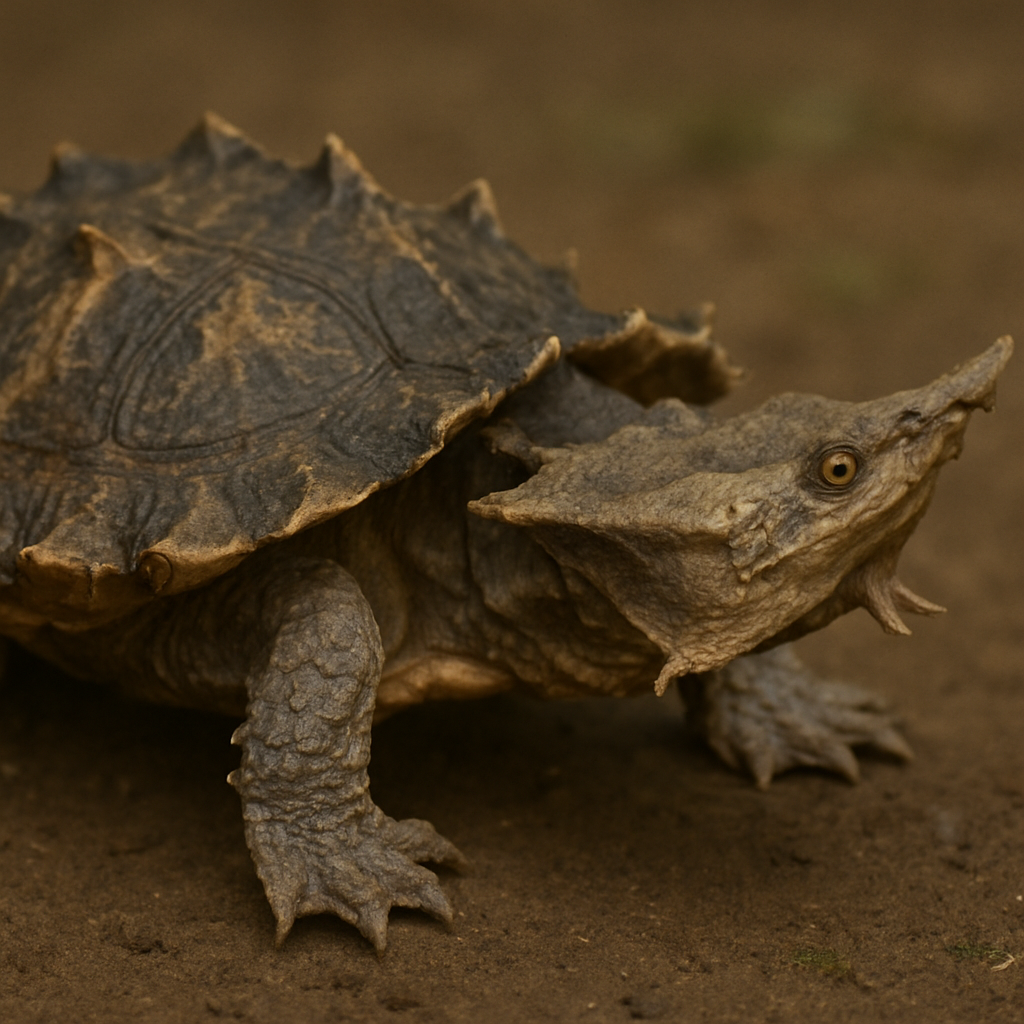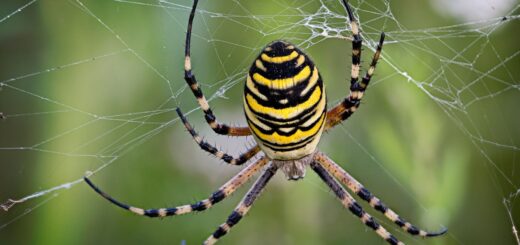Mata Mata Turtle: The Fascinating and Unique Reptile
The Mata Mata Turtle (Chelus fimbriata) is one of the most distinct and mysterious creatures in the world of reptiles. With its unusual appearance and behavior, this turtle has captured the fascination of wildlife enthusiasts and biologists alike. Native to the slow-moving rivers, streams, and swamps of South America, particularly in the Amazon and Orinoco basins, the Mata Mata Turtle is known for its ability to blend seamlessly into its aquatic environment. Let’s dive into the world of the Mata Mata Turtle and discover what makes it so extraordinary.

1. Distinctive Appearance
One of the most striking features of the Mata Mata Turtle is its unique and almost alien-like appearance. This turtle has a broad, flattened head, which is covered in skin flaps that resemble leaves, moss, or even tree bark. These flaps serve an essential purpose—they help the turtle camouflage itself in its natural habitat, making it nearly invisible to predators and prey alike.
Its triangular-shaped, wide head is paired with a long neck and a body that is similarly flattened, allowing it to glide effortlessly through the water. The shell of the Mata Mata Turtle is equally distinctive, featuring a rough texture that further enhances its ability to blend in with the riverbed.
2. Behavior and Diet
Mata Mata Turtles are primarily carnivorous and are known for their slow-moving, patient hunting style. Unlike many other turtles that actively chase down their prey, the Mata Mata Turtle prefers to remain motionless in the water, waiting for unsuspecting fish or invertebrates to swim close enough. It then uses its long neck to strike with precision, capturing its prey in a sudden, quick motion.
Their diet mainly consists of fish, amphibians, and occasionally small aquatic invertebrates. The Mata Mata Turtle has specialized jaws that allow it to open its mouth wide, creating a vacuum that sucks in its prey. This feeding technique is highly effective for its diet of small, fast-moving aquatic animals.
3. Habitat and Range
Mata Mata Turtles are native to the slow-moving rivers, streams, and swampy areas of the Amazon and Orinoco basins, which span across countries like Brazil, Guyana, Venezuela, and Ecuador. These areas are characterized by murky waters, dense vegetation, and abundant plant life, which offer perfect hiding spots for the turtle’s exceptional camouflage. Mata Mata Turtles thrive in environments with little current, where they can easily remain still for long periods.
4. Conservation Status
Unfortunately, the Mata Mata Turtle is facing threats from habitat destruction, pollution, and the illegal pet trade. As deforestation and human activities continue to impact the Amazon Rainforest, the natural habitat of the Mata Mata Turtle is slowly being destroyed, leading to a decline in their population. While they are not yet listed as endangered, these turtles are considered vulnerable by the International Union for Conservation of Nature (IUCN), and conservation efforts are necessary to protect their fragile ecosystem.
5. Caring for Mata Mata Turtles in Captivity
Mata Mata Turtles are increasingly being kept in captivity, particularly in zoos and private collections, due to their unique appearance and intriguing behaviors. However, they require very specific care to thrive in an aquarium environment. It is essential to replicate their natural habitat by providing them with murky water, hiding places, and slow-moving currents. These turtles also need a carefully regulated temperature and a diet that mimics their natural prey, including fish and invertebrates.
Because of their specialized needs, Mata Mata Turtles are best suited for experienced reptile owners or professionals with access to large, well-maintained enclosures.
6. Conclusion
The Mata Mata Turtle is a marvel of nature, showcasing the incredible adaptability of wildlife in even the most challenging environments. Its unique appearance, behavior, and habitat requirements make it one of the most fascinating reptiles in the world. However, with the ongoing threats to its habitat, it is crucial that we take steps to preserve the natural ecosystems that sustain this remarkable creature. Whether in the wild or in captivity, the Mata Mata Turtle continues to inspire awe and wonder, reminding us of the amazing diversity of life that exists on our planet.








